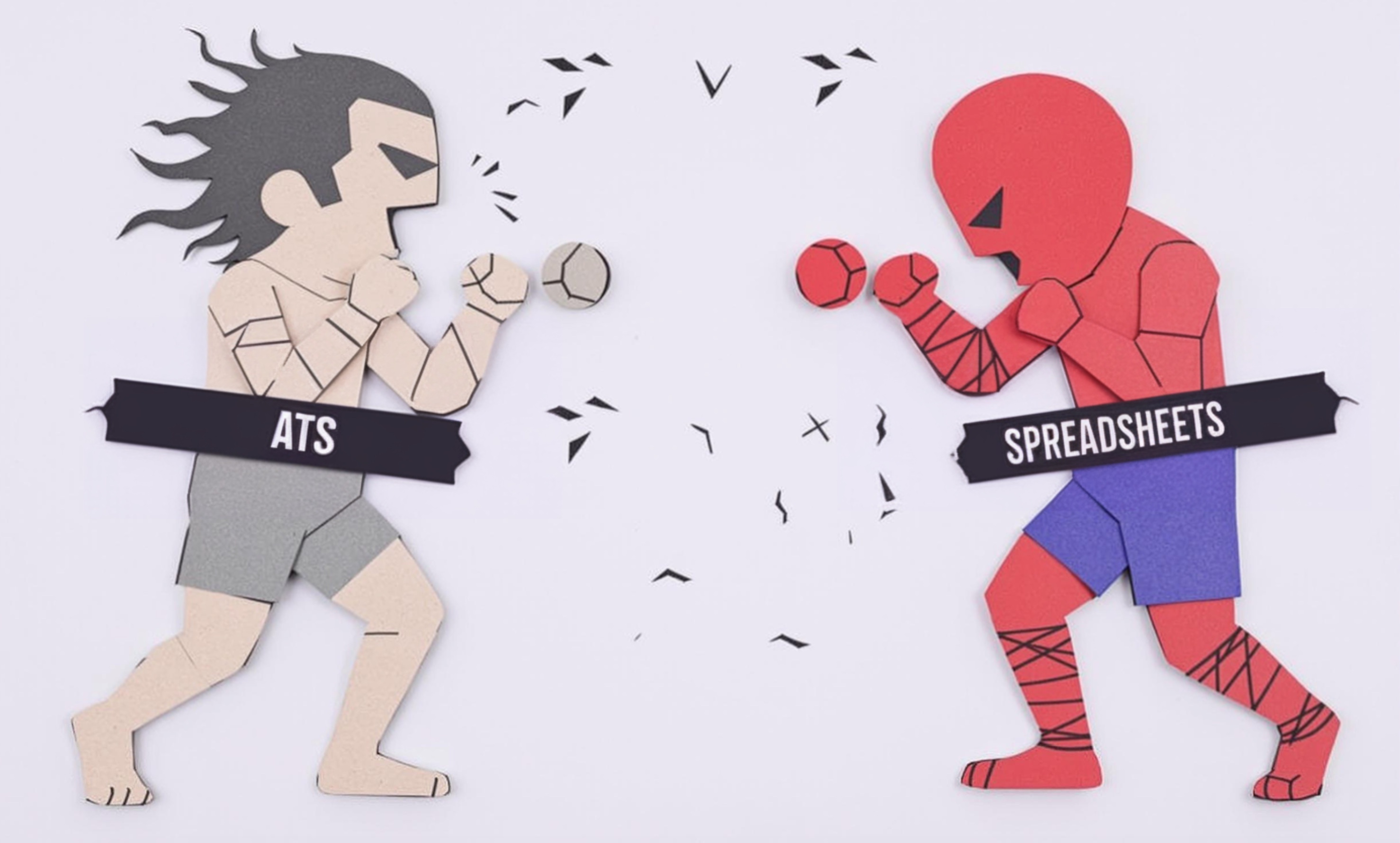
Site Drainage
Site drainage refers to how water flows through and away from a campground or outdoor recreation area. It's an important aspect of maintaining safe and usable outdoor spaces. This includes managing rainwater, preventing flooding, and ensuring that camping spots and recreational areas stay dry and stable. When someone mentions site drainage in their resume, they're talking about their experience with planning or maintaining systems that control water flow, which is crucial for keeping campsites operational and preventing environmental damage.
Examples in Resumes
Developed and implemented Site Drainage solutions for 50-acre campground
Supervised seasonal maintenance of Site Drainage and Water Management systems
Reduced flooding incidents by 80% through improved Site Drainage design
Typical job title: "Campground Managers"
Also try searching for:
Where to Find Campground Managers
Professional Organizations
Online Communities
Job Resources
Example Interview Questions
Senior Level Questions
Q: How would you develop a site-wide drainage management plan for a new campground?
Expected Answer: A strong answer should cover assessing terrain and soil types, planning for different weather conditions, considering environmental regulations, and creating both immediate and long-term maintenance schedules. They should mention budget planning and staff training aspects.
Q: How do you handle emergency drainage situations during peak camping season?
Expected Answer: Look for answers that demonstrate experience with crisis management, knowledge of emergency protocols, understanding of guest safety and communication, and ability to make quick decisions while maintaining service quality.
Mid Level Questions
Q: What regular maintenance do you perform on drainage systems?
Expected Answer: Should discuss routine inspections, cleaning schedules, identifying potential problems before they become serious, and basic repair procedures. Should also mention documentation and seasonal preparations.
Q: How do you train seasonal staff about drainage maintenance?
Expected Answer: Should explain basic training procedures, safety protocols, proper use of equipment, and how to identify and report drainage issues. Should include mention of supervision and quality checking.
Junior Level Questions
Q: What basic tools and equipment are used in drainage maintenance?
Expected Answer: Should be able to list common tools like rakes, shovels, drainage snakes, and basic testing equipment. Should show understanding of safety equipment and proper tool usage.
Q: How do you identify a drainage problem?
Expected Answer: Should be able to describe basic signs like standing water, erosion, muddy areas, and vegetation changes. Should understand when to report issues to supervisors.
Experience Level Indicators
Junior (0-2 years)
- Basic maintenance procedures
- Tool and equipment operation
- Problem identification
- Safety protocols
Mid (2-5 years)
- System maintenance planning
- Staff training and supervision
- Emergency response procedures
- Record keeping and reporting
Senior (5+ years)
- Complete system design and planning
- Budget management
- Environmental compliance
- Project management
Red Flags to Watch For
- No hands-on maintenance experience
- Lack of understanding of basic safety procedures
- No experience with outdoor or recreational facilities
- Poor understanding of environmental regulations
Need more hiring wisdom? Check these out...

Bad Hires Got You Down? 9 Unexpected Tactics to Turn Your Hiring Disasters Into Wins

Why Your Hiring Process is a Maze (And How Design Thinking Can Turn It into a Superhighway)

Sourcing Strategies That Actually Work: A Modern Recruiter's Guide

